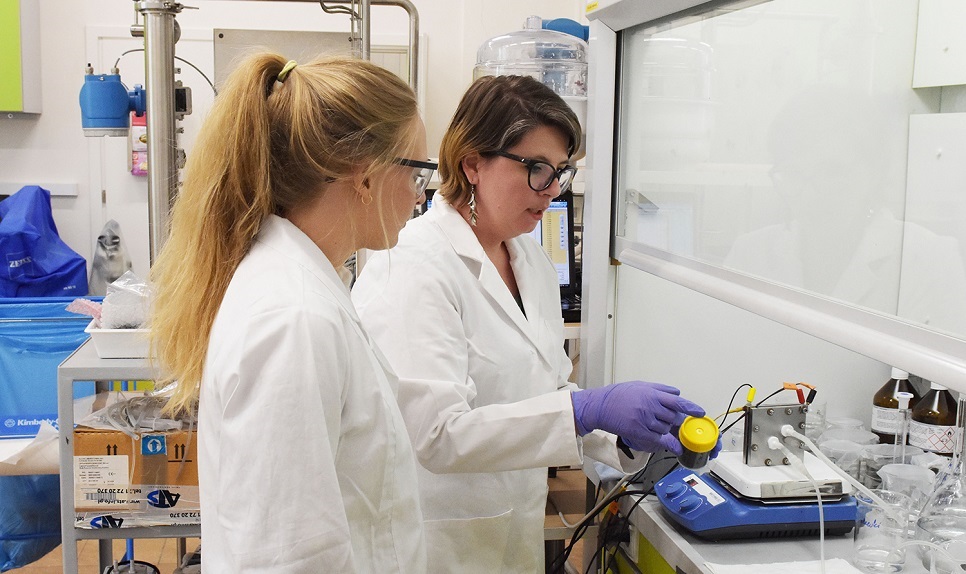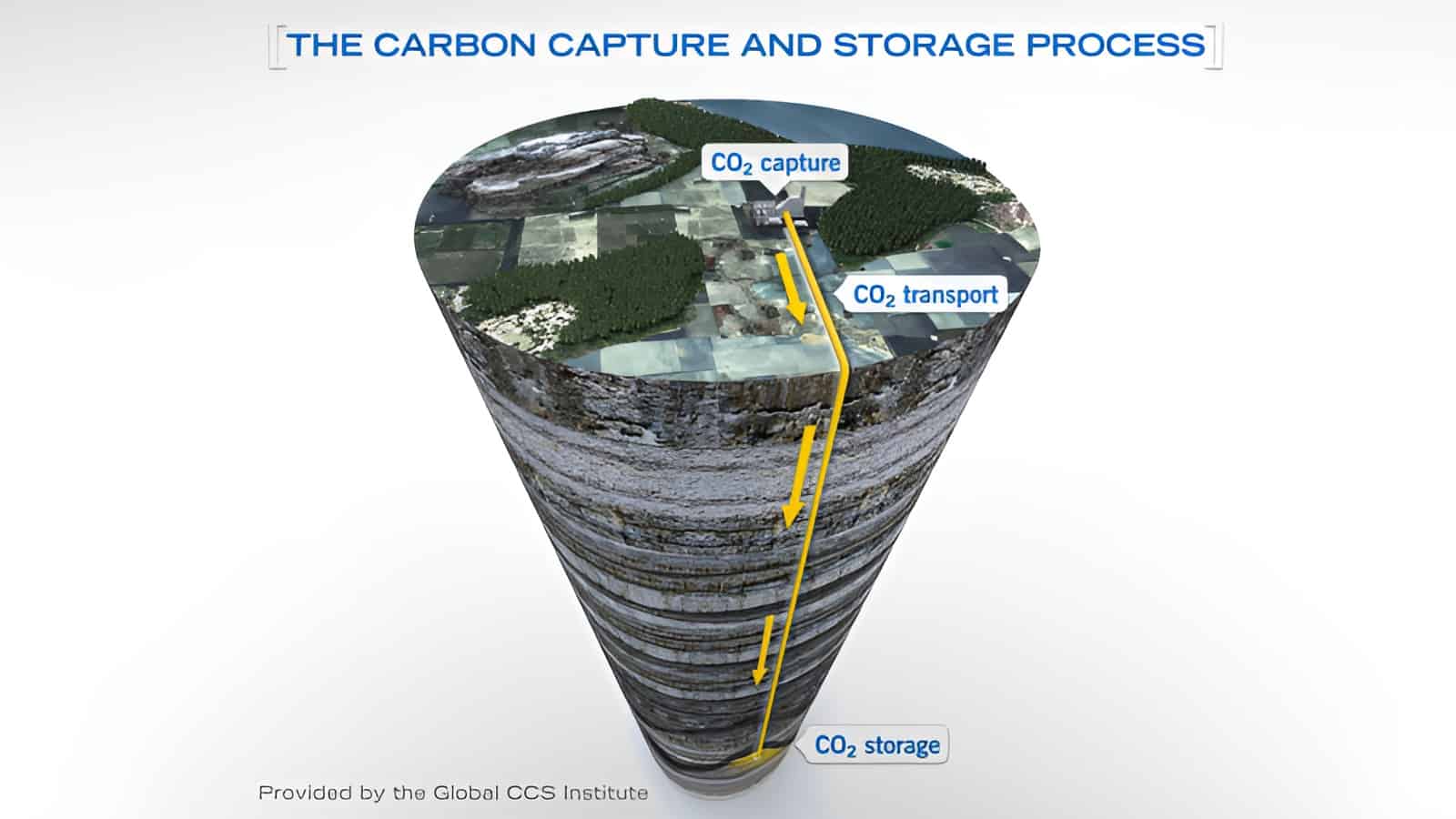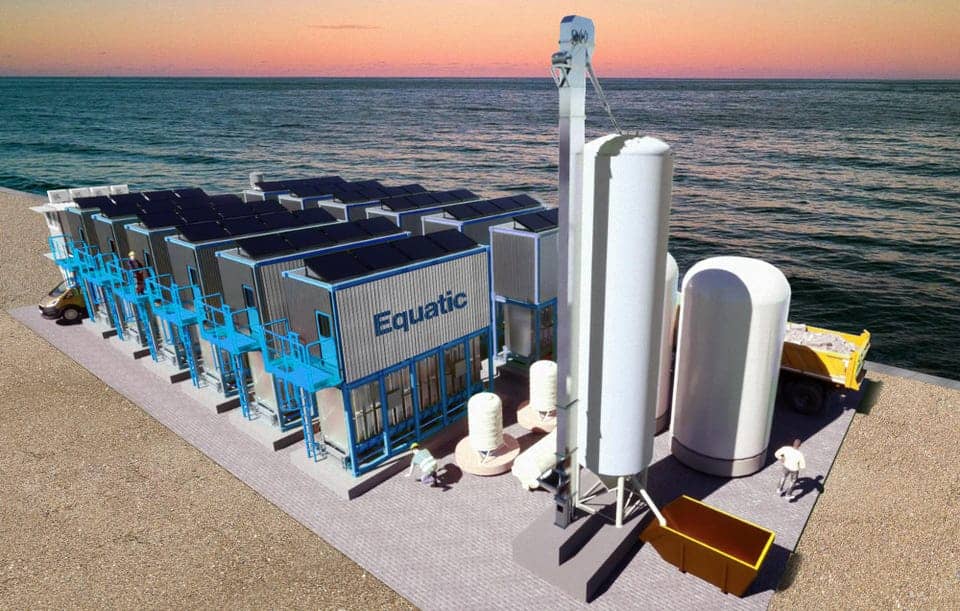
Researchers from the Faculty of Chemical and Process Engineering of the Warsaw University of Technology – WUT – have developed a technology that will enable universal and less expensive production of hydrogen. They used molybdenum disulphide produced in impact reactors and carbon nanomaterials – writes the Polish university in a press release.
Hydrogen is supposed to be the fuel of the 21st century, one of the key ones in the energy transformation of the European Union. In 2050, green hydrogen, i.e. from renewable sources, is expected to account for 24 percent of the EU’s energy demand. Researchers are looking for the right method to produce it.
Promising hybrid
“The aim of our project was to produce pure hydrogen as it is produced by the decomposition of water. At the same time, we wanted to achieve it at a low cost,” says Marta Mazurkiewicz-Pawlicka, PhD.
As a result of the process of water electrolysis, hydrogen and oxygen are produced. Platinum is widely used as a catalyst, which is very expensive and increasingly less available. Researchers are looking for a material to replace it. In the Product Engineering research team at the Faculty of Chemical and Process Engineering of WUT, a combination of molybdenum disulphide and carbon nanomaterials was proposed. They show promising electro- and photoelectrocatalytic properties for water separation.
New technology
“The subject of hydrogen evolution and the catalysts based onmolybdenum disulphide used for this purpose is well known. There are many techniques for obtaining such catalysts, but they cannot be used on a larger scale, because they are too expensive,” explains Zuzanna Bojarska, MSc.
“Therefore, ultimately, our materials will be produced in impact reactors, which is a novelty,” emphasizes Zuzanna Bojarska, MSc. “Impact reactors allow the production of materials with repeatable properties in a continuous and controlled manner. Due to their relatively simple design, they are easily scalable and can be successfully used in industry,” she adds.

The reactors resemble the letter T. Two streams collide in them, giving good mixing conditions, from where the product is discharged through the third channel. Reagents are injected into the reactor in the form of an aqueous solution or suspension with carbon nanomaterials, and as a result of the reaction molybdenum disulphide precipitates on the carbon surface.
Three Musketeers
The synthesis of molybdenum disulphide in the impact reactor was developed by Prof. Łukasz Makowski and his team. Zuzanna Bojarska, MSc., continues to work on the material as part of her doctorate. Marta Mazurkiewcz-Pawlicka, PhD, deals with carbon nanomaterials.
“We combine all our experience and competencies. I am glad that we make up an interdisciplinary team and we are able to develop technology for the production of new materials and find interesting applications for them,” Marta Mazurkiewicz-Pawlicka, PhD.
“We are developing new materials in order to use clean energy in the future,” emphasizes Zuzanna Bojarska, MSc. Fuel cells using the hydrogen obtained in this way could be a source of power for cars or homes.
Selected for you!
Innovation Origins is the European platform for innovation news. In addition to the many reports from our own editors in 15 European countries, we select the most important press releases from reliable sources. This way you can stay up to date on what is happening in the world of innovation. Are you or do you know an organization that should not be missing from our list of selected sources? Then report to our editorial team.






